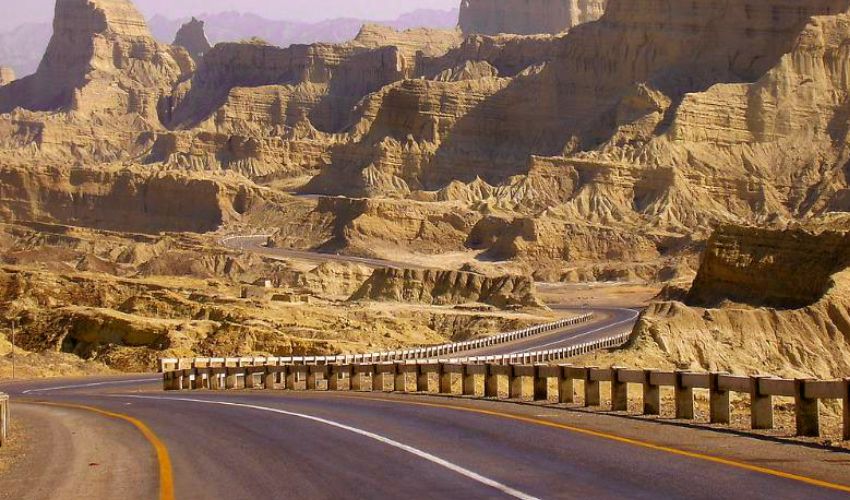In 2024, Balochistan’s highways continued to claim lives at an alarming rate. Thousands of families suffered the devastating consequences of road accidents, leaving many dead, injured, or permanently affected. Despite repeated calls for infrastructural and safety improvements, the situation remains dire.
Data compiled by The Balochistan Post Visual Data Studio highlights a steep rise in road accidents across Balochistan in 2024, surpassing the already alarming figures recorded in the previous year.
Over 20,000 Reported Accidents
A staggering 20,300 road accidents were reported in 2024, affecting 17,531 families. These accidents resulted in 471+ fatalities and 30,596+ injuries, leaving behind a trail of grief and hardship. These numbers underscore the urgent need for comprehensive measures to enhance road safety and infrastructure in Balochistan.
Most Affected Areas
Quetta once again topped the list, with 6,093 accidents. Khuzdar followed with 1,875, Kech with 1,603, and Gwadar, Jaffarabad, and Kalat each recorded 1,339. Other districts, including Sibi, Loralai, Mastung, Pishin, Chagai, and Lasbela, all surpassed 800 accidents.
The infamous “killer highway” between Quetta and Karachi, long notorious for its high accident rate, continues to pose significant risks. However, the data indicates that other regions are now emerging as equally hazardous.
Who and What Are Involved
Cars accounted for 6,690 collisions—leading the category—followed by bikes at 4,460 and Trailers at 2,230. Pedestrians, pickups, minibuses, buses, and trucks also saw significant accidents, reflecting the broad scope of the crisis and the many types of vehicles and individuals at risk.
Root Causes
The reasons behind road accidents in Balochistan are multifaceted, reflecting a combination of poor infrastructure, unsafe driving behaviors, and mechanical failures. Key factors include:
- Poor Road Infrastructure: Dilapidated roads, narrow single-lane highways, minimal safety signage, and a lack of traffic engineers compound the risks.
- Driver-Related Issues: Limited training, frequent speeding, and driver fatigue remain widespread. Some drivers use stimulants or drugs, further increasing crash likelihood.
- Vehicle-Related Issues: Overloading, outdated vehicles, faulty brakes, and mechanical failures contribute to dangerous outcomes.
- Weather and Visibility: Seasonal dust storms or heavy rains often reduce visibility, and where no roadside barriers or reflectors exist, collisions can become inevitable.
Seeking Solutions
A comprehensive approach is essential to address this growing crisis effectively.
Infrastructure Overhaul: Repair potholes, widen highways where needed, and install safety barriers.
Driver Licensing and Education: Enforce stricter tests, require formal training, impose severe penalties for drug use, speeding, and reckless driving.
Vehicle Checks: Mandate regular inspections for commercial fleets, focusing on brakes, tires, and basic functionality.
Emergency Response Systems: Establish first-aid units or trauma centers at strategic intervals along high-risk routes.
The alarming statistics from 2024 underscore an urgent need for action. Without coordinated efforts—ranging from upgraded roads to stricter regulations and public awareness campaigns—the region risks repeating the cycle of tragedies. It is imperative for stakeholders to address these challenges and prioritize safer roads for all travelers in Balochistan.

